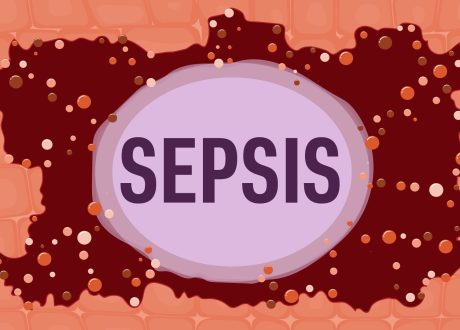Seemant Chaturvedi, MD, reviewing Ryu W-S et al. Ann Neurol 2021 Nov
An observational study suggests that the answer is yes.
Despite changing recommendations, aspirin is widely used for both primary and secondary prevention of vascular events such as myocardial infarction and stroke. Previous studies (e.g., N Engl J Med 2020; 383:207) showed that 15% to 40% of patients with ischemic stroke are already taking aspirin at the time of stroke. These authors investigated functional outcome, thrombus burden, early neurologic deterioration (END), and hemorrhagic transformation in aspirin users versus nonusers. Thrombus burden was determined by the susceptibility vessel sign (SVS), and functional outcome was assessed at 3 months. Patients who received thrombolysis or thrombectomy were excluded.
Overall, 5700 patients (mean age, 67 years; 41% women) were included in the multicenter registry, and 15.9% had documented aspirin use within the 7 days before stroke. Because of imbalances between aspirin users and nonusers, the authors used propensity adjustment before analysis. Compared with nonuse, prestroke aspirin use was associated with 30% smaller infarct volume and a 45% lower rate of atherosclerotic stroke. Aspirin users had an 85% lower occurrence of the SVS, indicating smaller thrombus burden. Among those with cardioembolic stroke, aspirin users had a lower rate of END than nonusers. Favorable functional outcome was 30% more common in aspirin users than nonusers. Rates of hemorrhagic transformation did not differ between aspirin users and nonusers.









